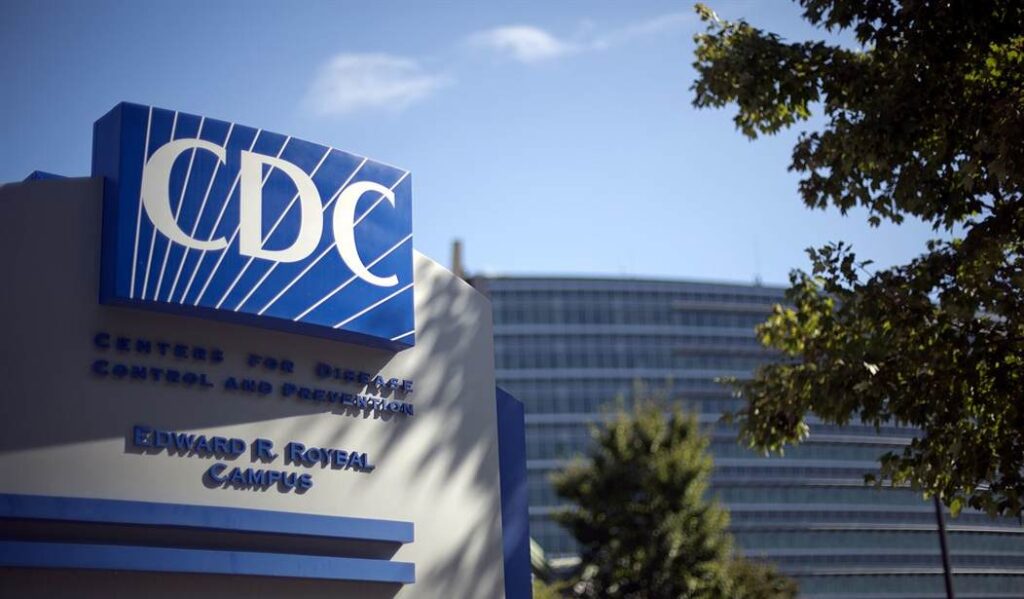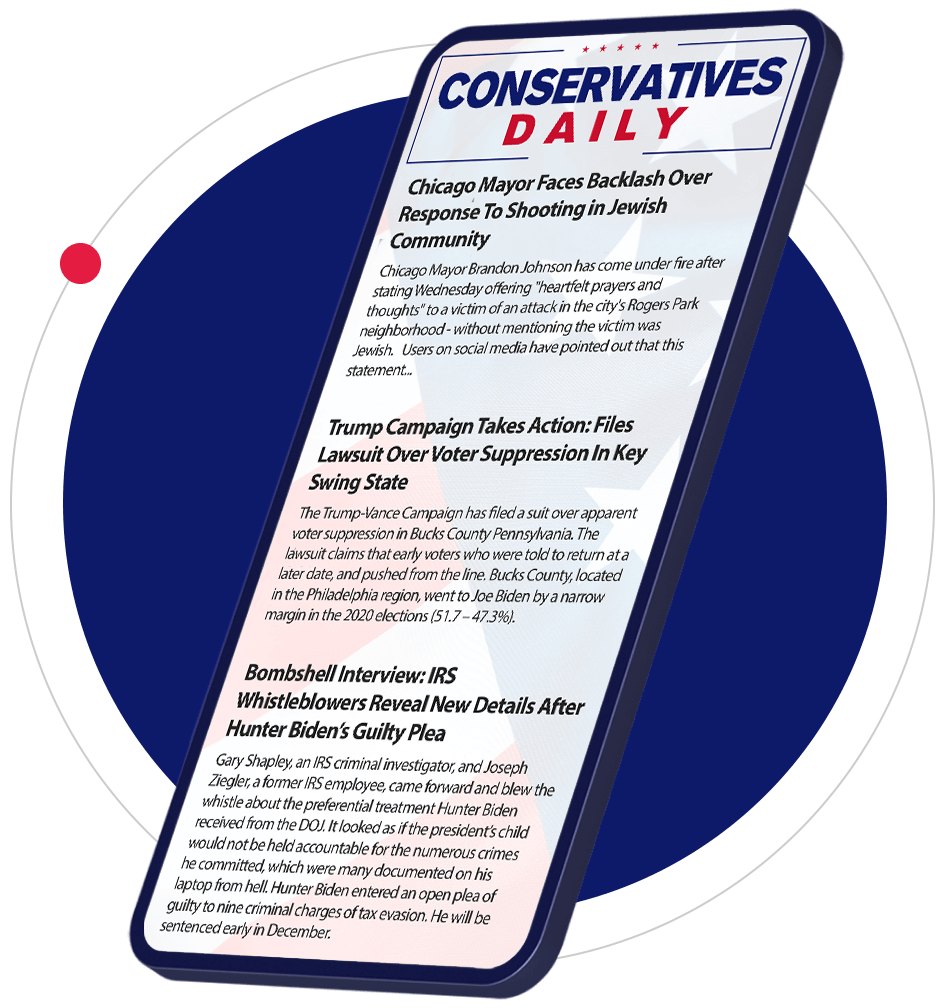Like a Texas wind changing direction without warning, the Centers for Disease Control and Prevention has made a remarkable about-face on its COVID-19 vaccine recommendations, ending five years of universal mandates in favor of individual choice.
This fall marks a watershed moment in American public health policy. The federal agency that once insisted on nationwide compliance has quietly adopted what they’re calling “shared clinical decision-making” – bureaucratic language that simply means Americans and their doctors, not federal officials, will make vaccination choices.
Let me tell you something, folks – this isn’t just another policy shift. This is the kind of change that speaks volumes about how our government institutions are finally recognizing what many Americans have known all along: medical decisions are deeply personal matters.
For half a decade, we watched as universal mandates divided families, cost people their livelihoods, and even forced dedicated service members out of uniform. The message was clear then – comply or face consequences. But now, without fanfare or self-congratulation, the CDC has essentially admitted that one size doesn’t fit all.
The new guidance maintains vaccine availability and insurance coverage but removes the blanket recommendation for universal use. It’s like going from a mandatory dress code to letting folks choose their own clothes – the options are still there, but the choice is yours to make.
This shift particularly benefits those who need it most – the elderly, the immunocompromised, and others at higher risk. They can still get their shots, but now it’s a choice made with their doctor’s counsel, not a decree from Washington.
As someone who’s covered American institutions for decades, I can tell you this represents a significant evolution in public health policy. The CDC isn’t abandoning science; rather, it’s embracing a more nuanced understanding of how medical science actually works – through careful consideration of individual circumstances.
What we’re seeing here is a rare moment of institutional humility. The CDC has effectively acknowledged what millions of Americans have argued: that in a nation of 330 million individuals, health decisions cannot be uniformly prescribed from a central authority.
This change didn’t happen in a vacuum. It came after years of public debate, scientific research, and real-world evidence that showed the limitations of a one-size-fits-all approach. The CDC’s willingness to adjust course based on evidence and experience demonstrates the kind of maturity we should expect from our public health institutions.
And that’s the way it is – a quiet revolution in public health policy that speaks volumes about the return of individual liberty in medical decision-making. As we move forward, this shift may well serve as a template for how government agencies can better serve the public by respecting individual choice while maintaining their advisory role in public health.


